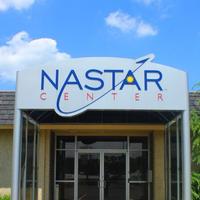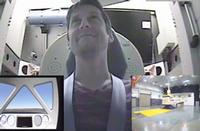
The University of Texas Medical Branch in collaboration with the National Aerospace Training and Research (NASTAR) Center in Southampton, PA, is conducting research into the safety training methods that will be used to train future suborbital spaceflight passengers. Volunteers are invited to participate in the experiment and experience a simulated suborbital spaceflight. The simulated spaceflight environment will be produced using a high-performance centrifuge-based simulator. This simulator is capable of generating high onset-offset, sustained acceleration (“G”) forces similar to those that might be experienced in high-performance aircraft or spacecraft.
If you choose to volunteer for the study, you will be trained on various aspects of suborbital spaceflight and then evaluated (via questionnaires, psychological sensors, and basic cognitive tasks) during a full-scale version of the acceleration profile. The maximum G-level you may experience is +4Gz (acceleration aligned in the head-to-toe direction, up to 4 times the force of gravity) and +6Gx (acceleration aligned in the chest-to-back direction, up to 6 times the force of gravity). We will train you on certain techniques that are commonly used to mitigate the physiological effects of G-forces. You may stop your participation at any time without reason or repercussion. There is no compensation for time, travel, or lodging associated with your participation in this experiment, though the centrifuge experience itself is free to participants.
Benefits
Requirements
If you or anyone that you know is interested in volunteering to be a research participant, please visit www.utmbamc.com/research.cfm and register for more information.


POSTS
Souderton Business Improvement District Five Dollar Giveback ProgramARCHIVE
April 2020